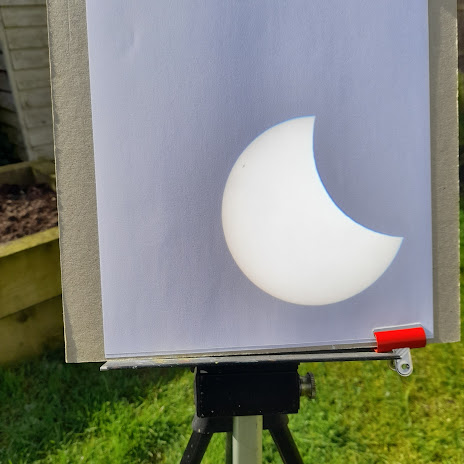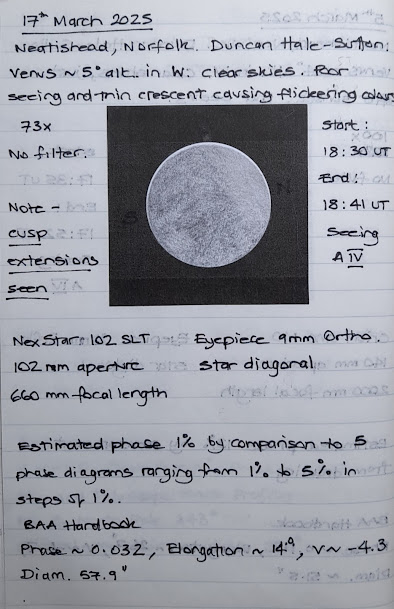This week we have had some evenings of clear weather and I have been able to get out with my 10x50 bins and make a few more observations of variable stars. On Tuesday night (22nd April 2025) it looked clear but unfortunately cloud moved in soon after I started. The moon is currently out of the way having now passed last quarter and it now gets properly dark about 22:30 BST. I managed to make one observation of Z Ursae Majoris:-
Z Uma, 21:47 UT, chart 217.02, =C, mag. 7.5
This star has rapidly brightened since its fade at the end of last month. On Thursday evening (24th April 2025) it was clear again and this time the transparency was much better. I made another observation of Z UMa to check what I had seen on Tuesday):-
Z Uma, 21:45 UT, chart 217.02, B(1)V(1)C, mag. 7.4
Another person from the BAA also measured Z to be the same magnitude on this night. I went on to look at three other pulsating stars before the cloud came in:-
















